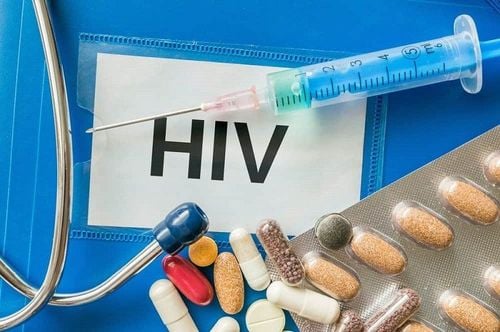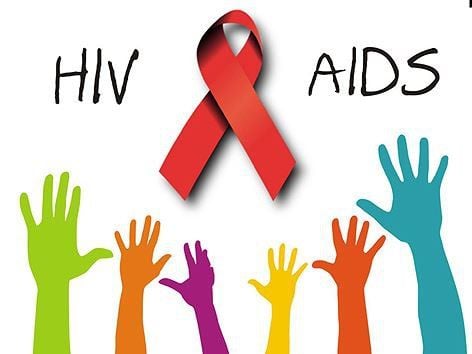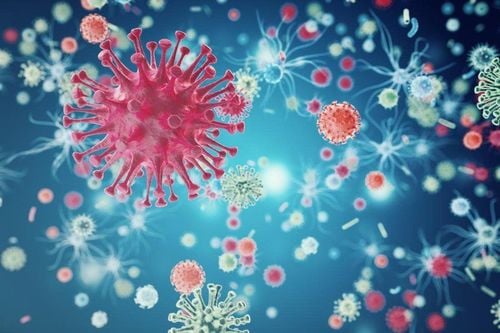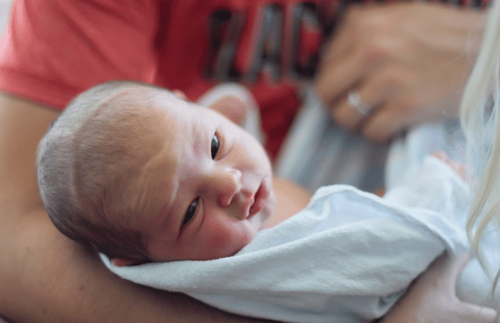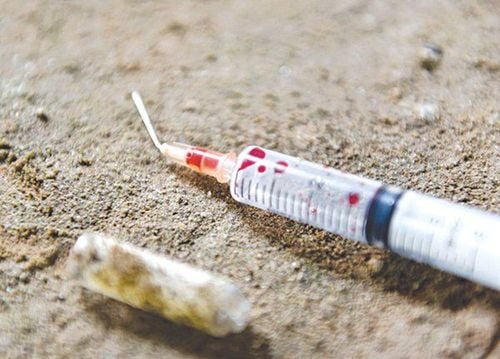This is an automatically translated article.
If the CD4 T-cells are not enough to destroy the cells that have been infected with germs, the child's body will be prone to many dangerous diseases, of which skin damage is a typical disease.
1. The impact of HIV on the child's immune system
The HIV virus attacks and destroys important cells of the immune system, called CD4 T-lymphocytes. Children infected with HIV may not have symptoms for the first year of life (unless tested), but the virus continues to multiply and reduce the number of immune system cells.
Every day, the body produces millions of CD4 T cells to help maintain the immune system and fight invading viruses and germs. However, once a child is infected with HIV, the virus uses CD4 T cells to multiply, then destroys the same cells and continues to invade other CD4 T cells, gradually weakening the child's immune system. body.
Without CD4 T cells to destroy those infected with germs, the body will be susceptible to a number of dangerous diseases.
HIV infection in children, like adults, is often divided into three phases, long or short depending on how HIV affects the child's immune system: acute infection, latent clinical infection , stage of acquired immunodeficiency syndrome (AIDS). However, unlike adults, the progression to AIDS in children is often faster than in adults with HIV.
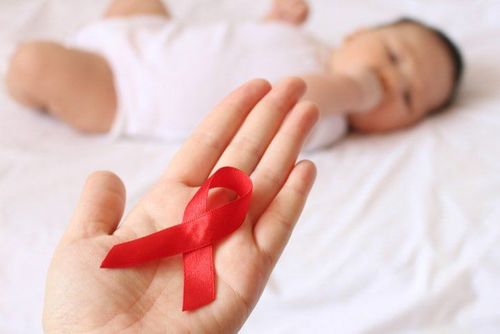
Trẻ bị nhiễm HIV sẽ có hệ miễn dịch rất yếu
2. HIV symptoms in children
HIV in children often has diverse manifestations. Common early symptoms in HIV-infected children are:
Body-wide manifestations: Weight loss, growth retardation, fever, convulsions, dehydration, anemia, malnutrition, prolonged diarrhea, liver failure. big spleen. Lung diseases: Children with long-term respiratory diseases, clubbing syndrome, prolonged colds, bronchitis, pneumonia, tuberculosis,... Head - face area - Neck: Children with unexplained microcephaly, chronic gingivitis secondary to herpes virus infection, oral thrush and mouth ulcers, otitis media or severe sinusitis. Neurological diseases: Children with mental retardation, unexplained spasticity,... Skin diseases: Children with HIV are often infected with disseminated papillomavirus, diffuse mucinous tumor, recurrent folliculitis , pruritic maculopapular rash, eczema or severe seborrheic dermatitis.
3. Skin lesions in HIV-infected children
Skin lesions caused by HIV infection are one of the common opportunistic infections in children with HIV/AIDS. Manifestations of skin lesions are closely associated with immunosuppression. The diagnosis of the disease is mainly based on clinical manifestations and some tests are indicated when necessary.
Here are some skin lesions in HIV-infected children:
3.1. Externally inlaid with red
Erythema rash appears in 50% of cases in the acute stage of HIV infection, lesions are localized in the upper body and disappears on its own after a few days. The whole body may have flu-like symptoms: fever, headache.
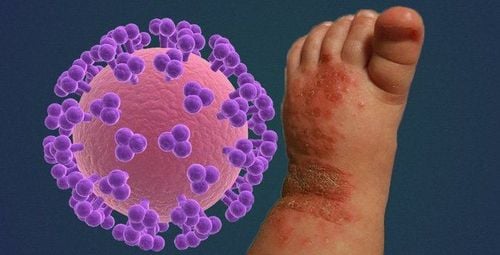
Trẻ bị nhiễm HIV sẽ có nhiều tổn thương ở da như viêm da, phát ban
3.2. Diffuse seborrheic dermatitis
This is the most common skin lesion caused by HIV infection in children with HIV/AIDS. Children infected with HIV when they have diffuse seborrheic dermatitis have symptoms and feelings:
Itching will lead to children scratching and causing bleeding and discharge, creating skin scabs and scabs on the damaged surface. Lesions appear on oily skin, face, chest, are aggressive in nature, and more inflamed. Regarding the cause of this dermatitis, there may be a yeast Pityrosporum orvale involved, because AIDS can reduce resistance, creating favorable conditions for the growth of fungi.
3.3. Candida albicans infections of the mouth, pharynx, esophagus, and vagina
This is also a common skin lesion in HIV/AIDS (in the mouth - 14.1%, in the throat - 9.0%, in the esophagus - 7.1%) due to a decrease in T lymphocytes supports the growth of fungi.
Typical lesions are found in the oral mucosa, pharynx, cheek mucosa with typical symptoms:
There are large white patches attached to the mucosa; Mucosal inflammation red discharge; patients have difficulty swallowing, vomiting; The disease lasts for months and years; From lesions in the mouth and throat leading to candida lesions in the esophagus, digestive tract, anus, vagina and candida lesions in the skin folds in the groin, armpits...
3.4. Floating papules on the skin
Occurs when CD4 cells are at the threshold of severe immunodeficiency. Cause:
Penicilium marneffei infection (accounting for 70% of fungal diseases): With systemic symptoms. Rash usually on the skin surface with central black necrosis, mainly on the head, face, upper body Cryptococcus neoformans: Systemic rash, papule form, may have ulceration and necrosis in the center Histoplasma : Skin lesions are maculopapular and purpura
3.5. Some other skin lesions in HIV-infected children
Skin boils Impetigo is a bacterial skin infection that is concentrated in places where the lesions are yellow, swollen, red and sore. Folliculitis Folliculitis, contagious, papilloma. Burns such as shingles, chicken pox,... Vinmec International General Hospital offers a Package of Examination and Screening for Social Diseases to help customers detect diseases early and have treatment. effective, prevent dangerous complications. The screening package for social diseases at Vinmec is for all ages, both men and women.
To register for examination and treatment at Vinmec International General Hospital, you can contact Vinmec Health System nationwide, or register online HERE.
SEE ALSO:
Caring for and nurturing infants born to HIV-infected mothers Are HIV symptoms different in men and women? Early HIV symptoms




